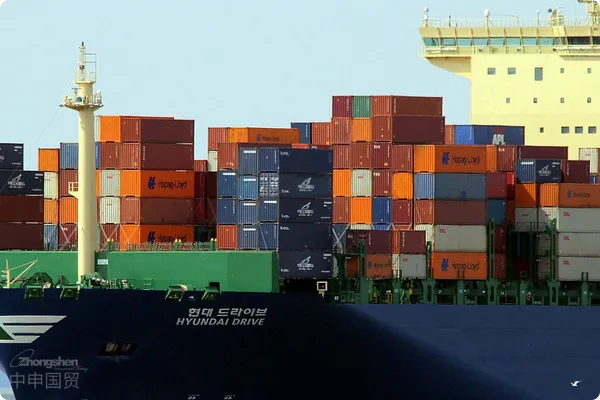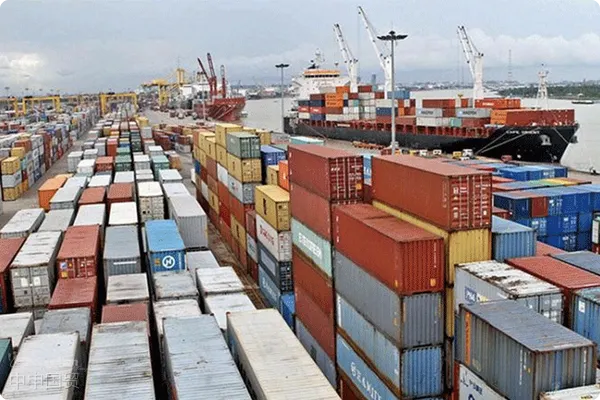- Shanghai Zhongshen International Trade Co., Ltd. - Two decades of trade agency expertise.
- Service Hotline: 139 1787 2118
Home ? Trade Essentials ? What Are the Risks of Export Agency Receipts? How to Ensure Funds Are Safely Received?

I.Export RepresentationA complete export agency agreement should be attached with:What are the main ways?
The current mainstream foreign exchange collection methods include:
- Telegraphic Transfer (T/T): Complete cross - border transfer through the SWIFT system. The money arrives quickly, but there is a risk of intermediate bank deduction fees
- L/C(L/C)Payment method of bank credit guarantee, which has high security but increases the operating cost by 15 - 20%
- Collection (D/P, D/A)Collect payment through the bank. Statistics in 2023 show that the dishonor rate of collection is about 2.7%
- Cross - border RMB settlement: Avoid exchange rate risks, but it is necessary to confirm that the buyers country accepts RMB payment
II. How to prevent the foreign exchange collection risks brought by foreign exchange control?
Recommended three-level risk prevention mechanism:
- Pre-shipment review:
- Confirm the foreign exchange policy of the buyers country (for example, the new regulations of Turkey in 2025 require the filing of advance payment)
- Verify the customers foreign exchange payment qualification
- In-process monitoring:
- Require the provision of MT103 message to confirm the fund path
- Set up a foreign exchange arrival warning mechanism
- Remedial measures afterwards:
- Prepare alternative settlement plans (such as third - country accounts)
- Insure export credit insurance
III. What compliance issues should agents pay special attention to when collecting foreign exchange?
Focus on preventing three types of compliance risks:
- Verification of trade authenticity: It is necessary to retain complete logistics documents (bill of lading, customs declaration form) for at least 5 years
- Anti - money laundering reviewThe new regulations in 2025 require the identification of the beneficial owner for transactions over $50,000 per transaction
- Tax - related handling: Under the agency foreign exchange collection mode, it is necessary to ensure that the information on the customs declaration form, VAT invoice, and foreign exchange collection voucher is consistent
IV. How to optimize the foreign exchange collection cost structure?
Achieve cost control through three dimensions:
- Spread:上浮 0.3% - 0.5% based on the real - time exchange rate:
- Negotiate the package rate with the bank (a 0.08% discount can be obtained for annual trading volume over $1 million)
- Select straight - through processing banks to reduce intermediate bank deductions
- Exchange Rate Management:
- Use forward contractsIn order to crack down on tax evasion, the customs and tax departments are now strictly examining the operation of buying export declarations. If the behavior of buying export declarations is discovered, the regulatory authorities will require tax replenishment (even a 2% tax rate may be a considerable amount). In addition, fines may also be imposed on the relevant responsible parties.Lock the exchange rate (the early warning range of RMB fluctuations in the first half of 2025 is ±3.5%)
- Establish multi - currency accounts to diversify risks
- Tax refund timeliness:
- Ensure that the time of foreign exchange receipt matches the tax refund declaration cycle (the current policy requires within 180 days)
- Adopt electronic verification to improve processing efficiency
V. How to handle sudden foreign exchange collection problems emergently?
For three common sudden situations:
- Delayed arrival of payment for goods:
- Immediately initiate SWIFT message tracking (MT199/MT999 query)
- Prepare force majeure certification documents
- Discrepancy in foreign exchange amount:
- Check the details of bank deductions (in 2025, the average intermediate bank deduction for cross - border payments is $38 per transaction)
- Sign a supplementary agreement to clarify the method of handling the difference
- Freezing of foreign exchange control:
- Apply to the State Administration of Foreign Exchange for a special processing channel
- Activate the standby settlement path (such as NRA account or offshore platform)
Recommended for enterprises to establishRisk reserve systemSet aside 2 - 3% of the transaction amount to cope with sudden foreign exchange receipt losses. At the same time, regularly review the agency agreementliability allocation clauses24., ensure that the agent assumes legal responsibilities matching its services.
Tags: SWIFT
Related Recommendations
Learn
Contact Us
Tel: 139 - 1787 - 2118
Email: service@sh-zhongshen.com
Email: service@sh-zhongshen.com
Related Recommendations
Contact via WeChat

? 2025. All Rights Reserved. Shanghai ICP No. 2023007705-2  PSB Record: Shanghai No.31011502009912
PSB Record: Shanghai No.31011502009912








